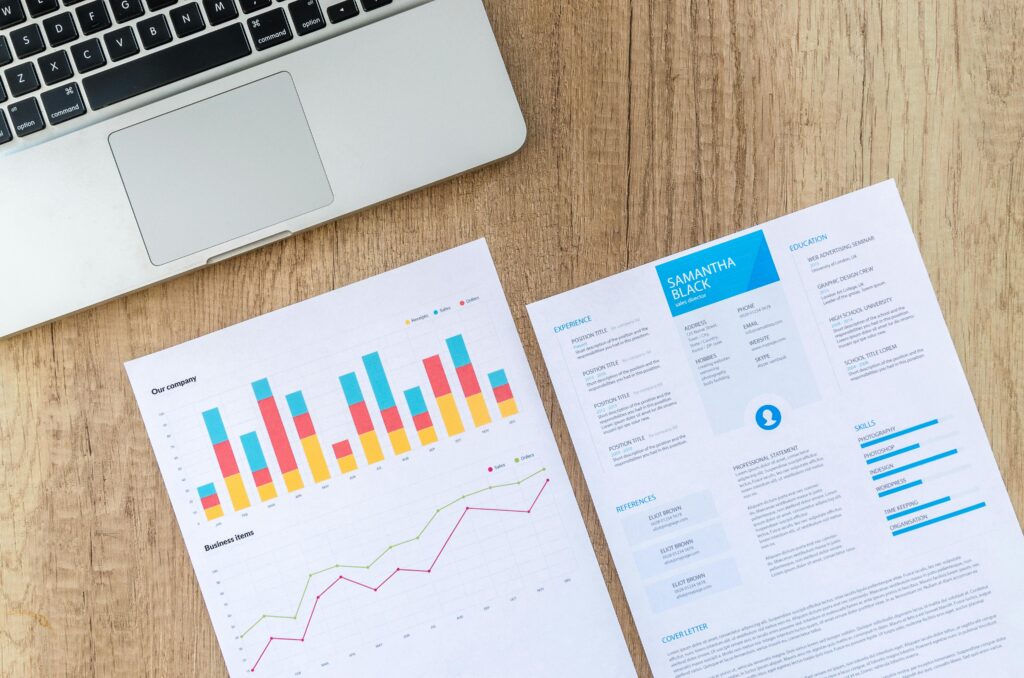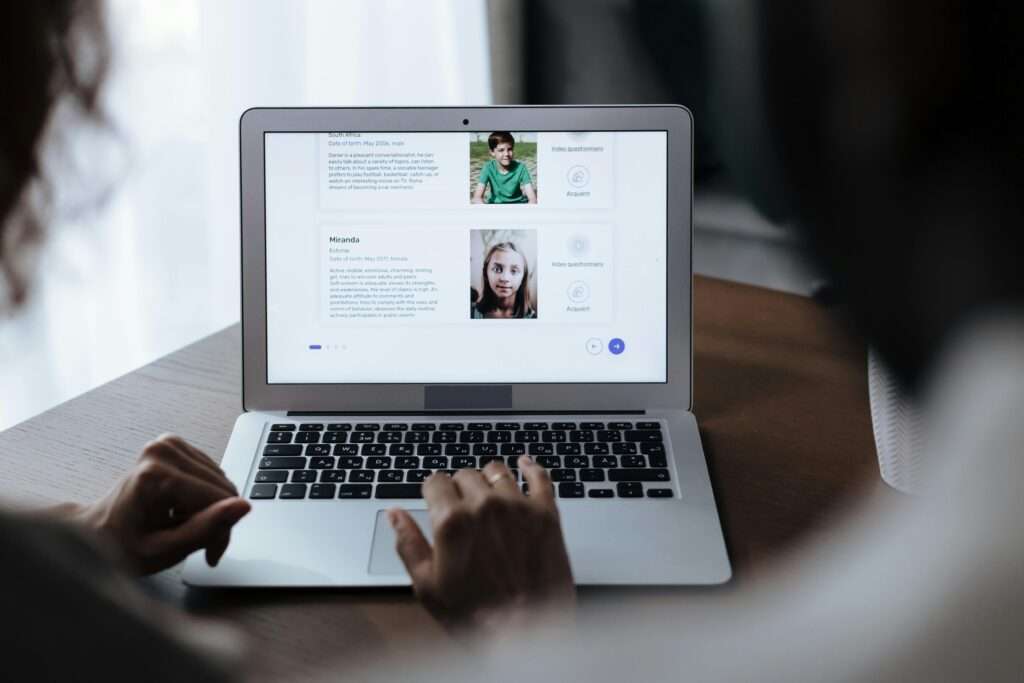How to Analyze Local SEO Competition: Uncovering the Secrets to Success with Conversion Rate Optimization


Nowadays web traffic is rather an insufficient criterion to lecture someone on how well that someone’s website functions as the primary goal here is to push the visitors to purchase goods or services. UX which is a part of digital interface design, and CRO which is a way of improving website conversion rates, are both important when creating high conversion rates. Specifically, for firms operating in Kerala and where internet marketing is emerging, knowledge of UX and CRO imperative in achieving business goals.
The Connection between UX and CRO
While UX and CRO are often considered as two belonging to different fields, they link together. While UX is all about designing website interfaces and apps to be seamless and enjoyable, Convertion rate optimisation looks at the pleasant and encourages the user to act in a certain manner-say, to buy something. While each of these is highly effective when utilized independently when combined, you have a website that draws in traffic, yes but does so to have the visitors perform particular actions.
1. Understanding User Behavior
To work on UX and CRO, UX and CRO must begin by understanding how users engage with the site and application. Search for issues that your regular website viewers may have by using information about, for example, their paths, bounce rates, and heat maps. It enables changes to be made in design and content to enhance overall value from the alteration of the site which in turn enhances the conversion rate.


2. Simplify Navigation
An unclear or overloaded navigation bar can be defined as the primary reason people get annoyed and abandon the site. Provide clear labels so that your visitors will know where they are and you should also group your links logically. Not only does it enable users to find exactly what they require in the quickest time possible, but their chances of actioning a section of what they learned are boosted as well, seeing that quick access to information compels action.

3. Optimize for Mobile Devices
Thanks to the mobile technological advancements in Kerala, it is becoming increasingly paramount that the website you design is responsive to mobile devices. The usability of the site on varying screen sizes and an ability to offer high usability on a wide range of gadgets is essential to both fields, UX and CRO. As you are designing for mobile, it is advisable to reduce the number of fields to complete when filling a form, to make sure that, it loads very quickly, the buttons and links are big enough for easy tapping. making your website friendly to mobile devices enables any user regardless of the gadget s/he is using to easily find what s/he is looking for on the site.


4. The following design elements should be Persuasive Design.
Graphic features like colors, fonts, images, etc have a great implication on the users more so to click on them. Also, great-quality images taken professionally can influence people to make the right decision when choosing your brand over others.


5. A/B Testing the Process of Ongoing Optimization
A/B testing is a versatile form of User experiance and Convertion rate optimisation since it helps make multiple improvements to the website or application. By creating two or more versions of a webpage; say with varying headlines, images, or even call-to-action buttons, a business is able to see which particulars work best in conversion. Such type of A/B testing makes it possible for companies to make changes that are based on the results as they efficiently improve the users’ experience as well as conversions.


6. Technical health in the context of UX refers to the capacity to organize and deliver
solutions for fully functional personal and organizational experiences. Site health is a direct attribute that defines a website’s usability to the public that visits it. Having slow-loading graphical and/or textual content, broken links, and a lack of well-organized structure of the site can also increase the bounce rate in a big way. That is why technical SEO audits for website performance become critical at this point. It can be solved If there is a technical audit performed by the developers that shows the problems of the site that could be limiting usage. By making sure your site is technically well-formed, you deliver a fast and efficient experience to a user, which will indeed increase the effectiveness of Convertion rate optimisation.


Placemaking in Paid Search: Optimizing ROI Across PPC and Paid Media
Nowadays, PPC (Pay-Per-Click) and paid media campaigns are perfect tools to attract the desired traffic to the website. However, the success that is associated with these campaigns depends majorly on the site experience that visitors have on your landing pages. With a good landing page that is relevant to the advertisement and that has been optimized for conversions, an organization’s ROI will be greatly boosted.
1. Aesthetics Are Analogous between the Ad and the Landing Page
As implied in the definition of PPC and paid media campaigns, consistency between the ad and the landing page is probably one of the most crucial considerations. Ideally, the landing page must provide the information or offer stated in the advert, whether products, services, or free offers. This consistency helps develop a relationship of trust in the mind of the user and it compels him/her to make a transition to the other side and subscribe. Advertisers also need to ensure that there is consistency with their message in the ad with what the target consumers get on their end; otherwise, this leads to frustration hence weaker conversions and wastage of the advertising money.


2. Focus on User Intent
There is a need to ascertain user intent every time when creating landing pages for the PPC campaigns. In essence, all the information on the landing page should respond to what the user is likely to anticipate. For instance, in case a user clicks on an ad for a product, the specific page where they are taken should have information regarding that product to the extent that they intended to but it should also contain clear CTAs. Consequently, if the landing page is in harmony with the user’s intent, it is easier to make a sale.


3. Simplify Software Conversion
When it comes to converting on your landing page, you should make it as easy as humanly possible. These are reducing the number of fields within the form, accepting multiple payments, and providing directions on what next. Complex conversion procedures slow down the action, make users hesitant, and therefore have low conversion rates.


Conclusion: How To Increase Your Online Success By 2024
We have shifted from simple buying of traffic in doing online business in 2024; it now means offering easy to use website and converting traffic. In prioritizing User Experience (UX), visitors that come to your website can have the best of their time, and this is under Conversion Rate Optimization (CRO) visitors can be encouraged to perform specific activities such as purchase or sign up for certain products or services. If you focus on the UX, CRO and the proper application of SEO your business will be able to flourish in today’s highly competitive market.
Mobile-friendly design and focusing on users’ intent will help you stand out whether you are targeting localized users or going broader. It’s important to understand that engaging visitors can turn into regular customers or even brand advocates – thus, the doors to tangible business achievements and success are open.
